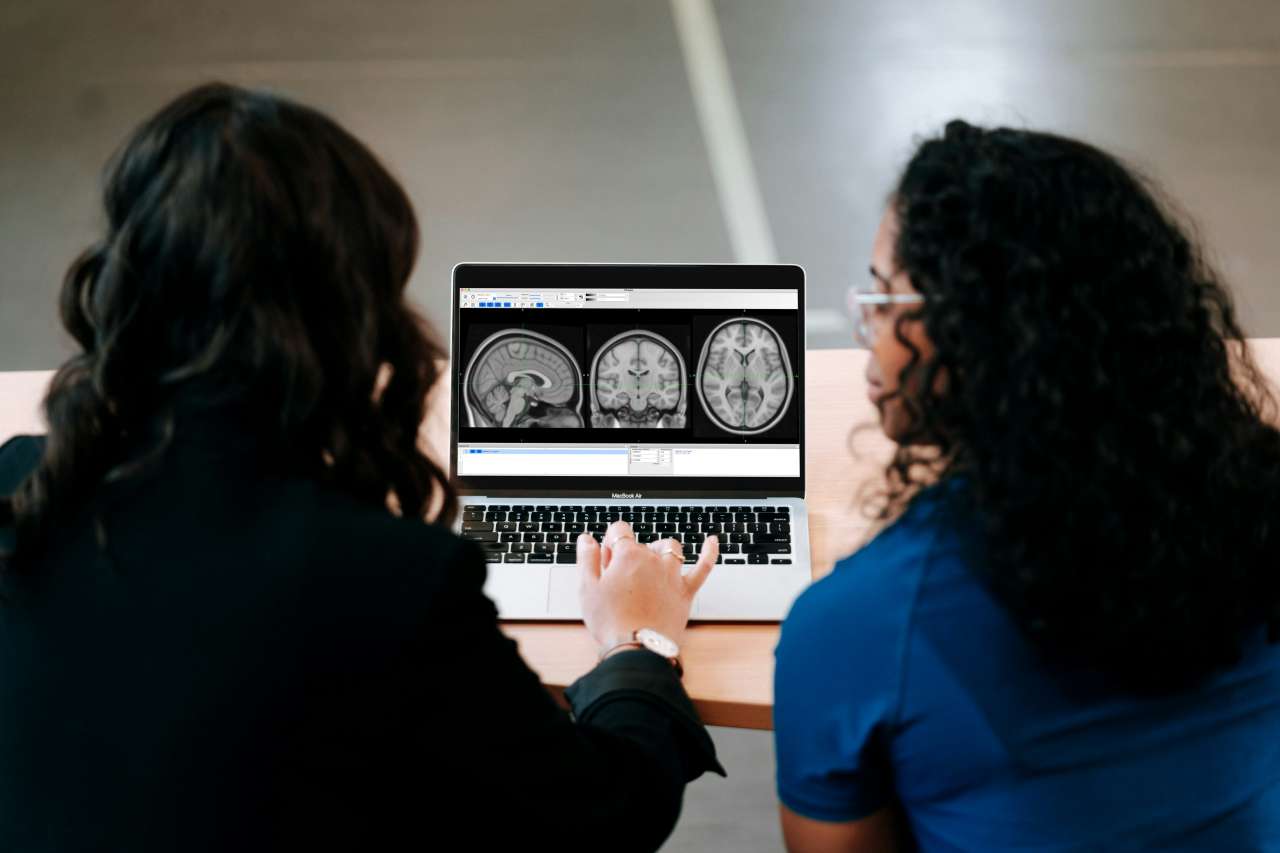The Science of Early Developmental Cell States in Glioblastoma
A NeuroNote collection that lets you explore UCLA-curated research in a new way. Ask big questions at any level of understanding.

What Growth Remembers
How glioblastoma reactivates early human developmental programs
I study how the human brain builds itself and what happens when that building process gets misused in cancer. In glioblastoma (GBM), tumors can re-engage fetal-like cell states and developmental gene programs outside their normal window. This can drive rapid proliferation, infiltration into healthy tissue and resistance to standard therapies.
My lab maps human brain development at single-cell resolution and compares those atlases to patient tumors to pinpoint which programs and cell types have been turned back on. Because parts of this biology are uniquely human, we also use human brain tissue models (organoids) to test how these programs behave and where we might intervene.
This collection gathers talks, papers and plain-language explainers so you can ask questions, trace answers back to cited sources and see how insights from normal development can open new paths to treating Glioblastoma.

Dr. Aparna Bhaduri
A Place for Infinite Curiosity
Here’s how it works:
- Sources are curated by UCLA Health and Dr. Aparna Bhaduri.
- Ask a question and the collection provides answers only from these sources.
- Open any paper, talk or explainer to go deeper.
Try Asking Questions Like:
Simply, what is an organoid?
What is glioblastoma (GBM) in plain language?
Who is at risk?
What are “fetal-like cell states”?
Which cell types tend to reappear in GBM?
